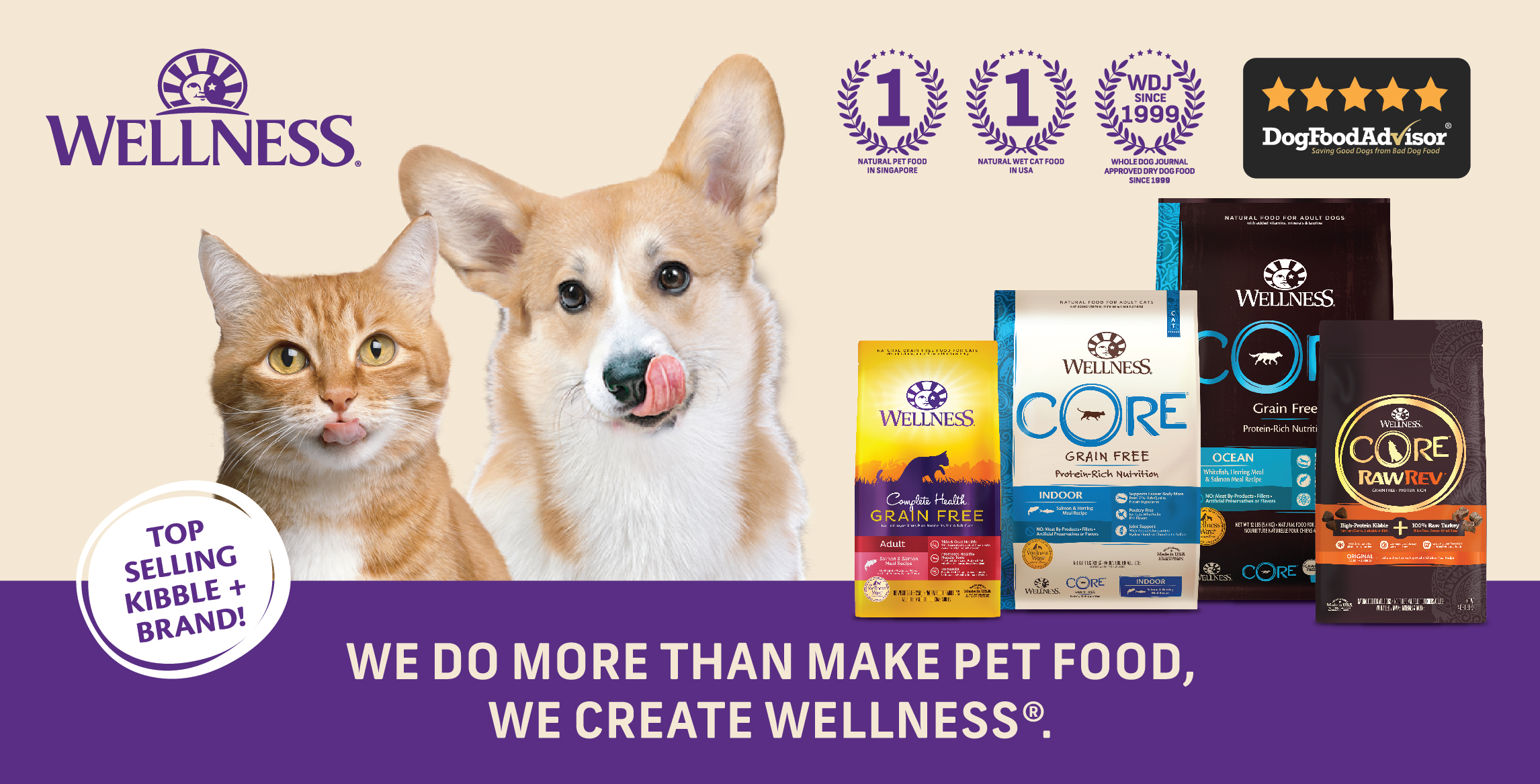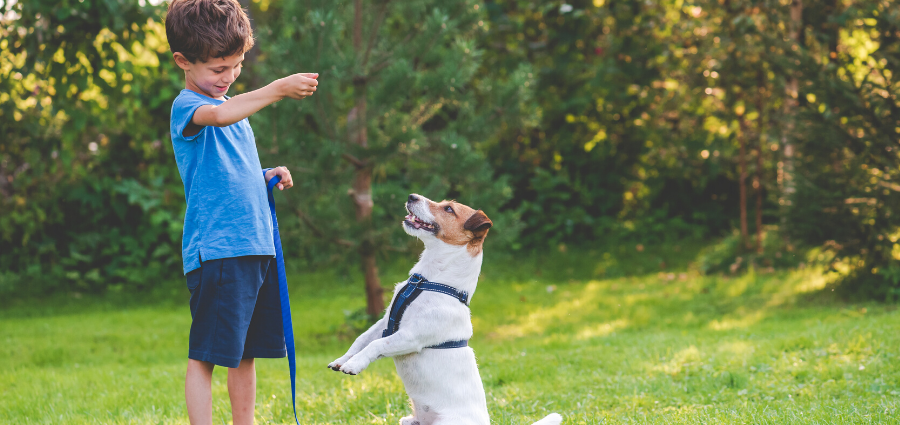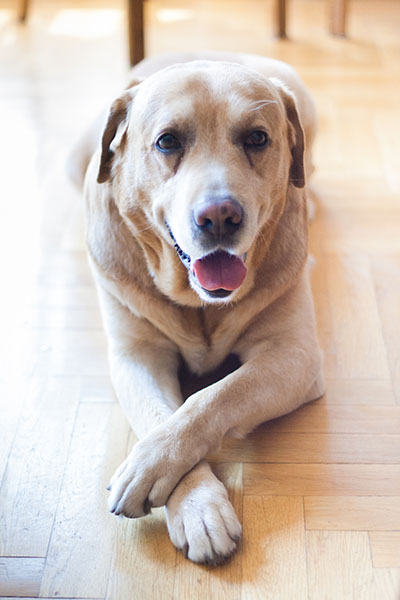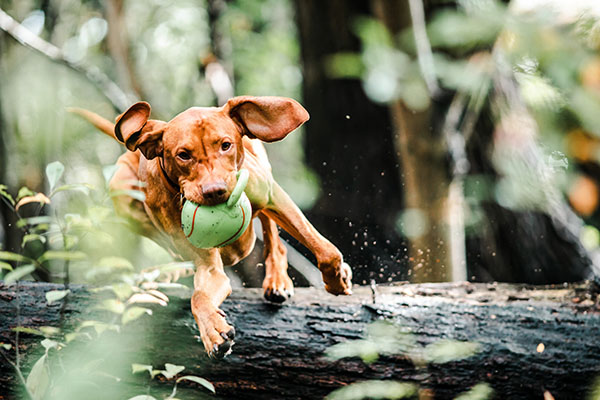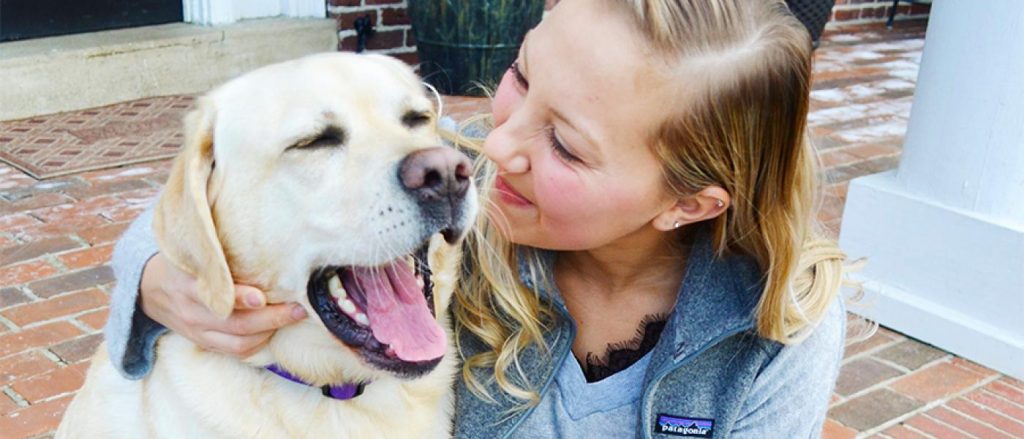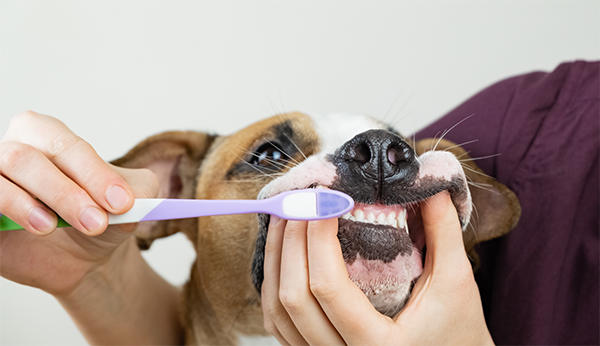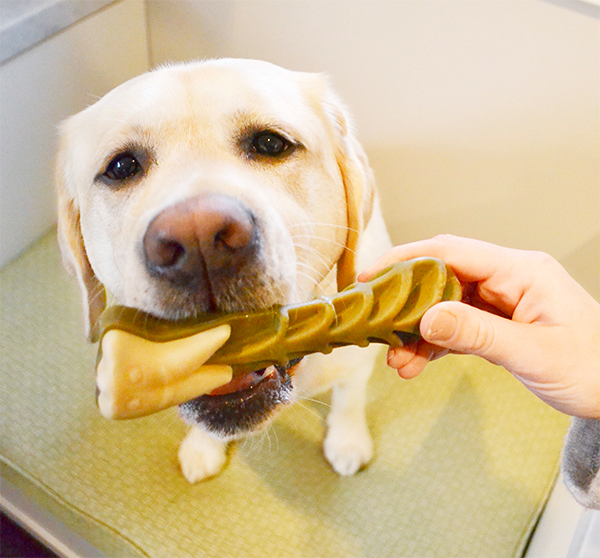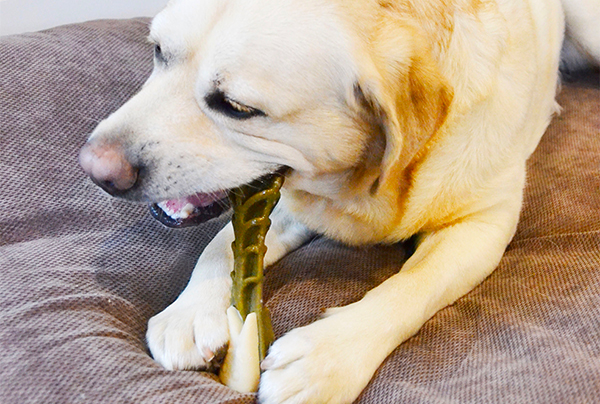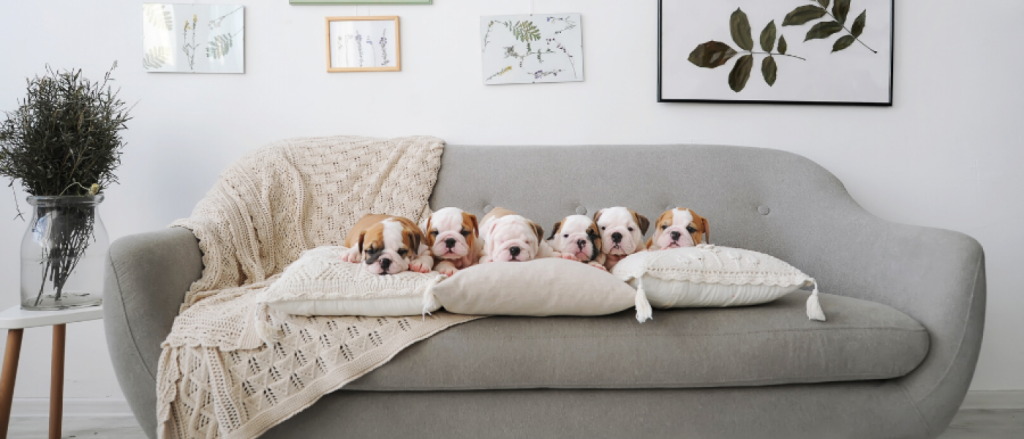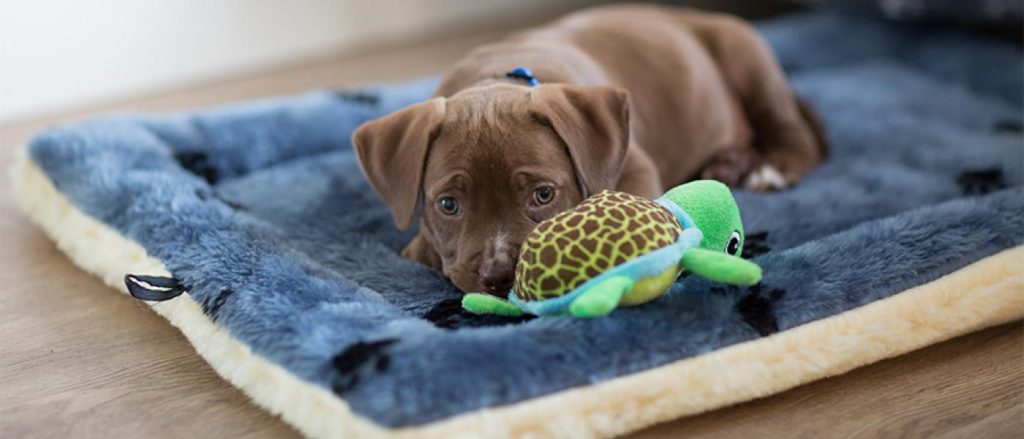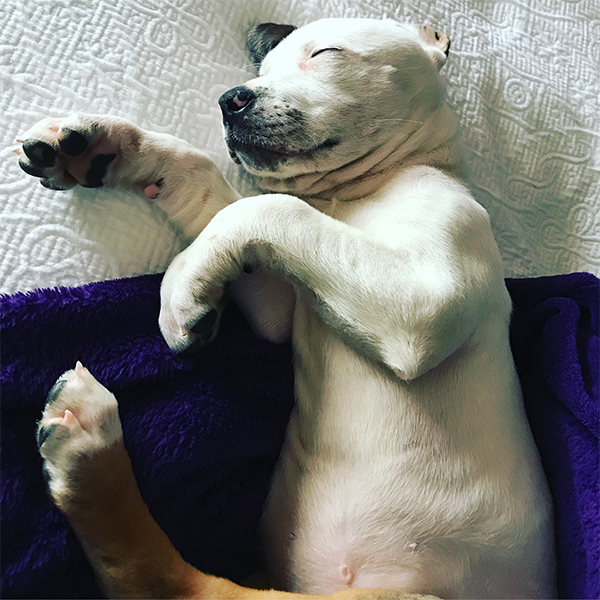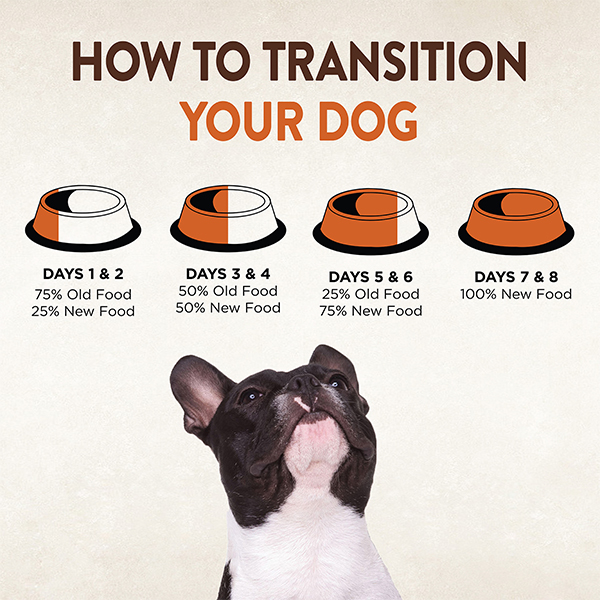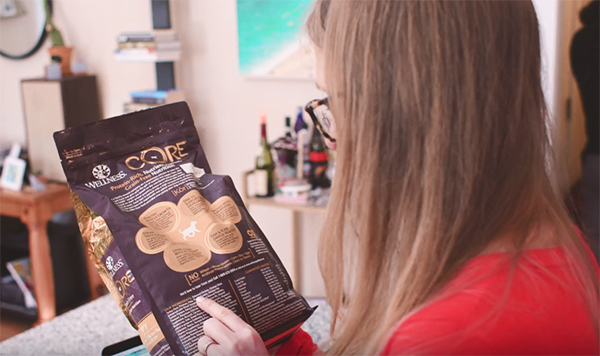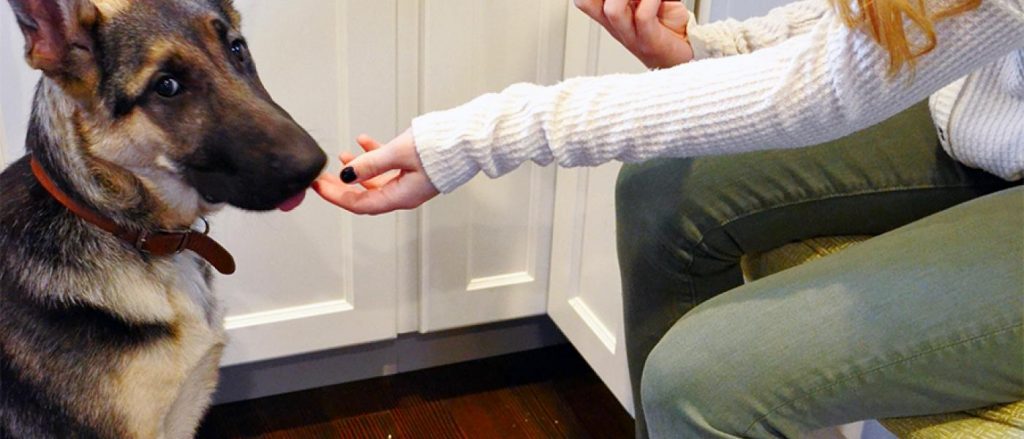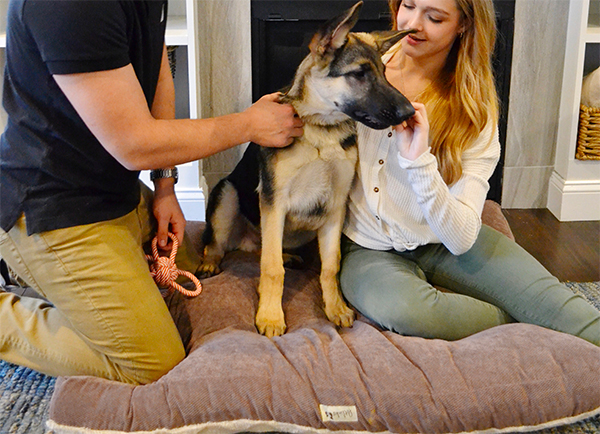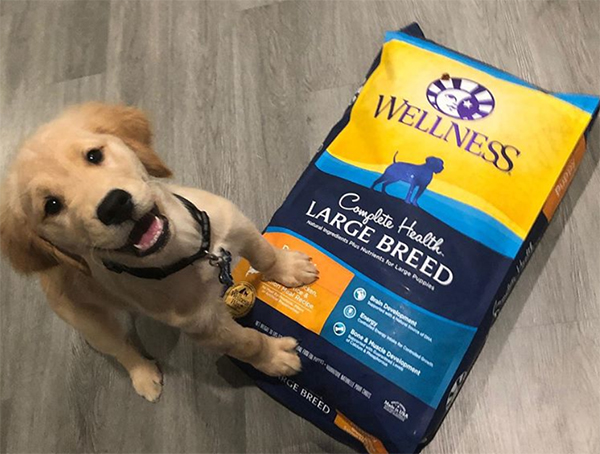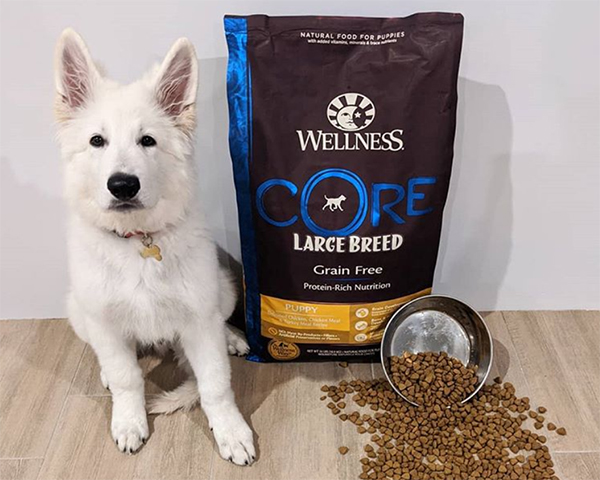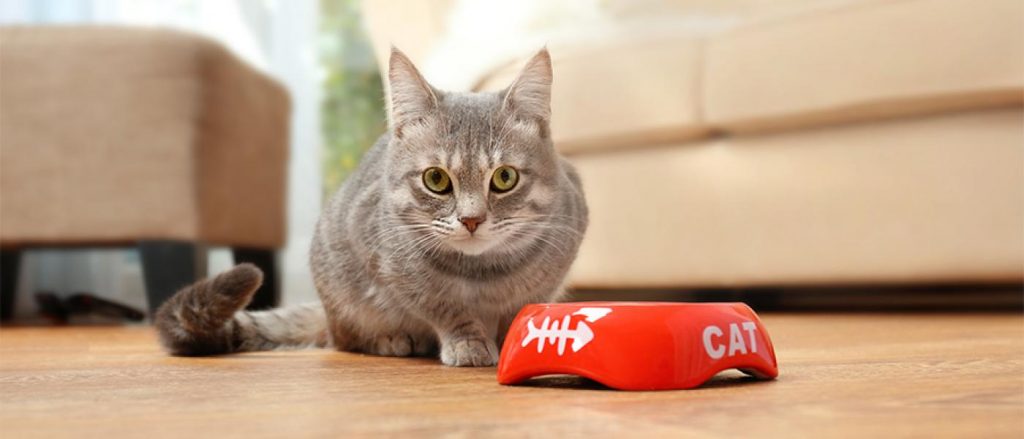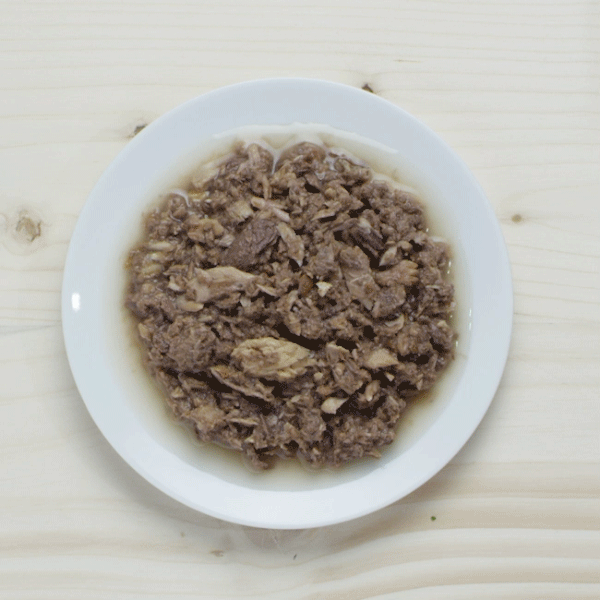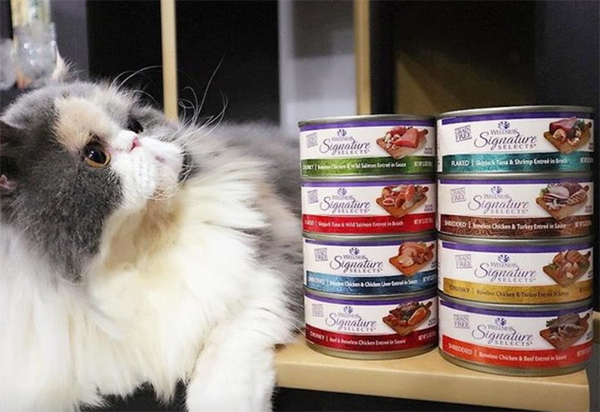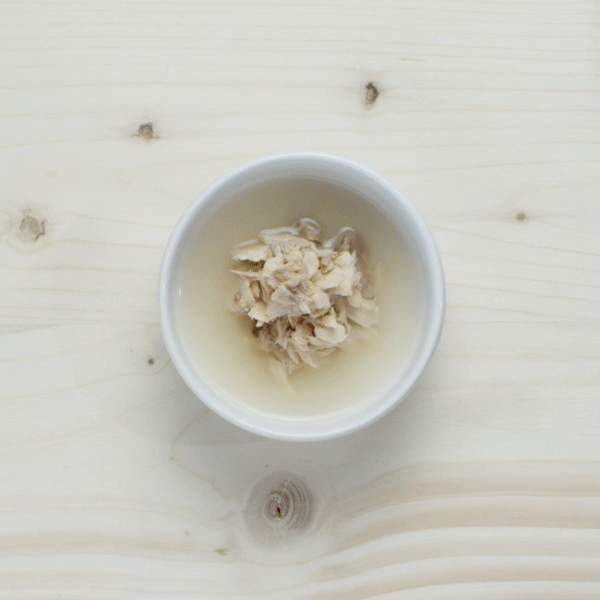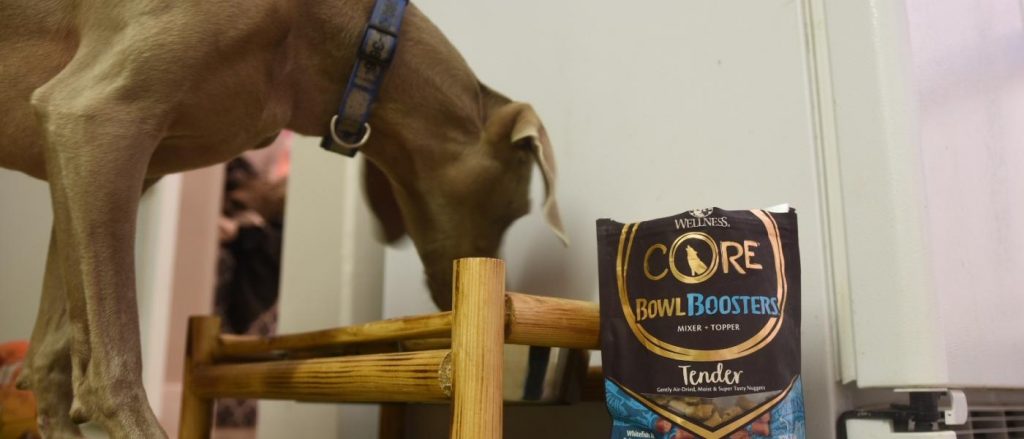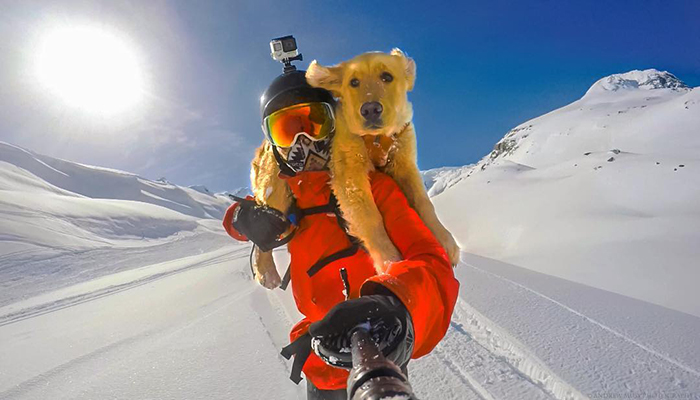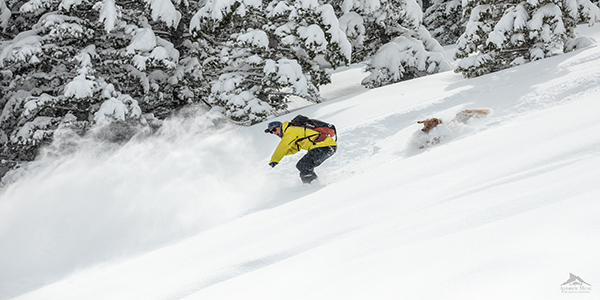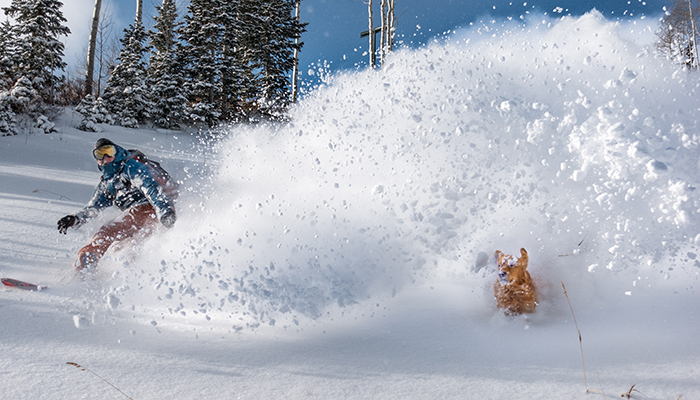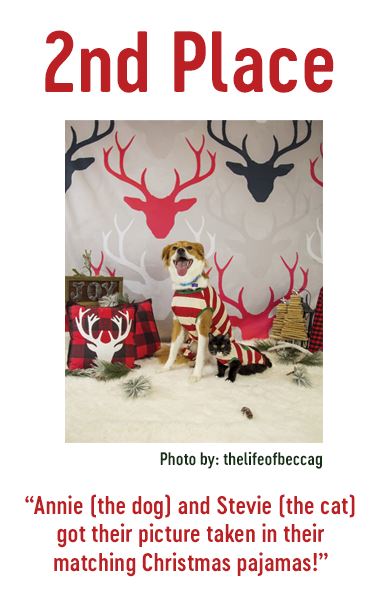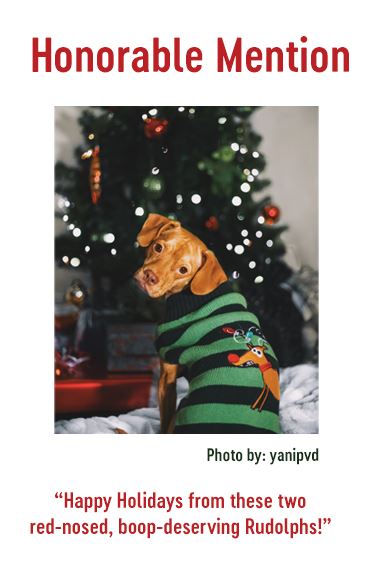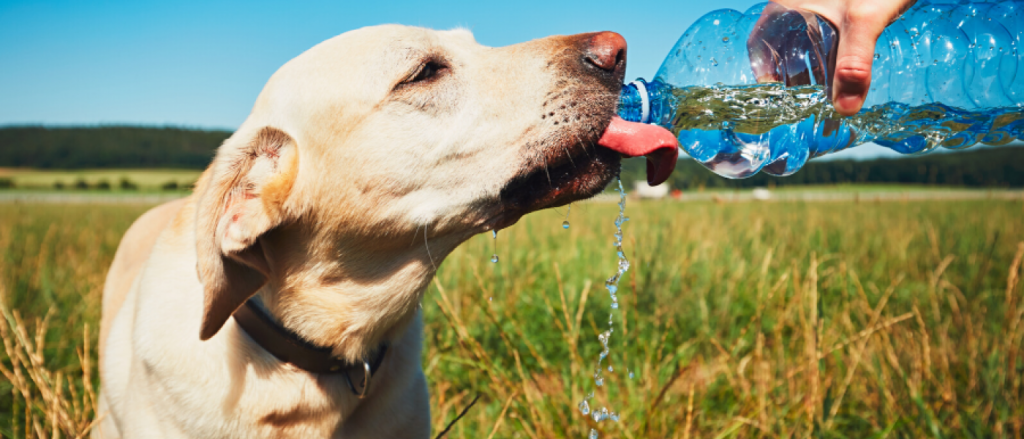
Keep your pet happy and healthy by providing them with fresh water
As a pet parent, you know that clean, fresh water is vital to your pet’s health and happiness. Water is essential to all living things, and your pup and feline are no exception! Like most mammals, your pet is made up of 2/3 water. Without adequate water, your pet can become dehydrated or even experience severe health issues, including urinary and kidney problems, or even death. Since you know the importance of water to your pet, you probably already make sure that your furry friend always has something to drink. But are you changing their water enough?
What water does for your pets
Pets need adequate water to ensure proper organ function, joint lubrication and food digestion. Water carries important nutrients to cells of the body. It helps your pet digest his food and absorb the nutrients from his kibble. Water helps your pets move easier by keeping their joints nice and lubricated. Internal tissues and the spinal cord are also cushioned by moisture. Water also helps your pet eliminate wastes through urination and bowel movements.
Every important body function requires water. Without enough water, your pet can become ill and dehydrated. Some warning signs of dehydration include sunken eyes, pale and dry gums, and dry skin. Your pet may also seem lethargic or depressed of have no appetite if he isn’t getting enough water.
Providing your pets with adequate water
So how much water should your pets drink? A variety of factors, including your animal’s diet, age, environment and health conditions, will influence just how much water your pet needs. Your dog or cat might also drink more water during the summer months. Keep your pet’s water bowl full and watch out for warning signs of dehydration to ensure that your furry friend is getting enough to drink. Some of those warning signs include sunken eyes, pale and dry gums, and dry skin. Your pet may also seem lethargic or depressed of have no appetite if he isn’t getting enough water.
You don’t need to worry about monitoring your pet’s water intake for the most part. Most pets will drink enough water on their own to stay well hydrated, but pets suffering from illnesses such as metabolic disorders, kidney disease and cancer can become dehydrated faster. Pregnant and nursing animals will also need to consume more water. If your pet eats a diet including wet food, he will naturally drink less water. Animals who primarily consume a dry food diet will need to drink more water. If you’re worried about how much water your pet is drinking, you should consult your vet for advice.
How often should your change your pet’s water
Pets need constant access to clean water – water should be changed at least once daily. Keep your pet’s bowl fool and make sure to fill with fresh water every single day. It’s also important to keep your pet’s water bowl clean. Microbes from your pet’s saliva can be transferred to the water bowl, encouraging the growth of bacteria. You should wipe your pet’s bowl dry each day before refilling it with clean water. Every few days, wash your pet’s bowl with hot soapy water, or more if necessary. Choose stainless steel, porcelain or glass bowls over plastic. If you use a fountain to keep your pet hydrated, make sure to clean it at least once a week and regularly replace the fountain filters.
Make sure to keep your furry family member happy and healthy by providing him with daily fresh water and a clean water bowl. Your pet’s health is important, and providing your pet with clean water and help ensure that your kitty or pup will stay around as long as possible.
Keeping your pet happy and healthy is important to you, and we understand you only want to give your pet the very best. Keep your pets looking and feeling their best when you treat them to Wellness Pet Food. When you give your pups and felines Wellness Pet Food, you can be sure that their health and happiness are taken care of, since our food and treats are made with natural ingredients and crafted with your pet’s wellbeing at heart.
